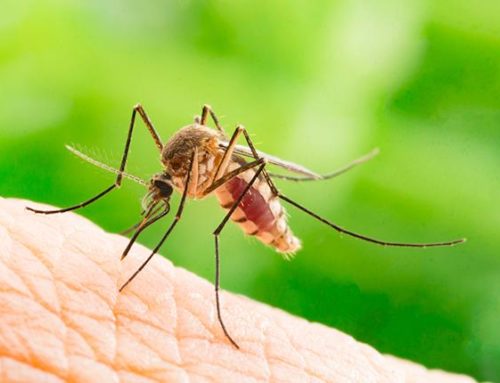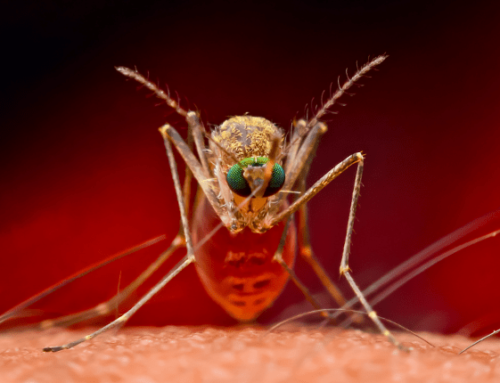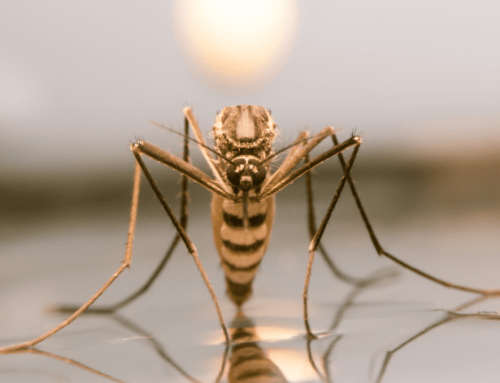While mosquitoborne disease is not as common in Minnesota as it is in tropical climates, there are several diseases that may occur within the state. Minnesota residents who travel to other countries can also return with tropical diseases such as malaria or dengue.
- West Nile Virus (WNV)
West Nile virus is a disease transmitted to people, horses, and birds. It is the most commonly reported mosquitoborne disease in Minnesota. Most people infected with West Nile virus show no symptoms or flu-like symptoms, but some (primarily elderly) have more severe illness. West Nile virus was found in Minnesota in 2002 and will remain a public health concern in the foreseeable future. - La Crosse Encephalitis (LAC)
La Crosse encephalitis is a viral disease that is transmitted by the Tree Hole mosquito. It has been responsible for an average of 4-5 cases each year in Minnesota, primarily involving severe illness in children. - Jamestown Canyon Virus (JCV)
Jamestown Canyon virus, which may be transmitted by several different species of mosquitoes throughout Minnesota, is a rarely reported cause of illness in humans. The virus is closely related to La Crosse virus although any age group may be affected. - Western Equine Encephalitis (WEE)
Western Equine Encephalitis is a disease transmitted to people, horses, and birds. It is caused by a virus that is transmitted by the same mosquito species that commonly transmits WNV in western Minnesota. In 1941, there was a large regional outbreak of WEE that affected nearly 800 Minnesotans. Since then, Minnesota has had infrequent and much smaller outbreaks of WEE (15 human cases in 1975, single cases in 1983 and 1999). - Eastern Equine Encephalitis (EEE)
Eastern equine encephalitis is a rare illness in humans and horses, and only a few cases are reported in the United States each year. Many people infected with EEE virus show no symptoms but some (primarily children) have severe illness. Although cases have been reported in horses, no human cases have been identified in Minnesota. - St. Louis Encephalitis (SLE)
CDC: Cases of St. Louis encephalitis are usually the result of unpredictable and intermittent localized epidemics. SLE has not been reported in Minnesota since the 1970’s.





